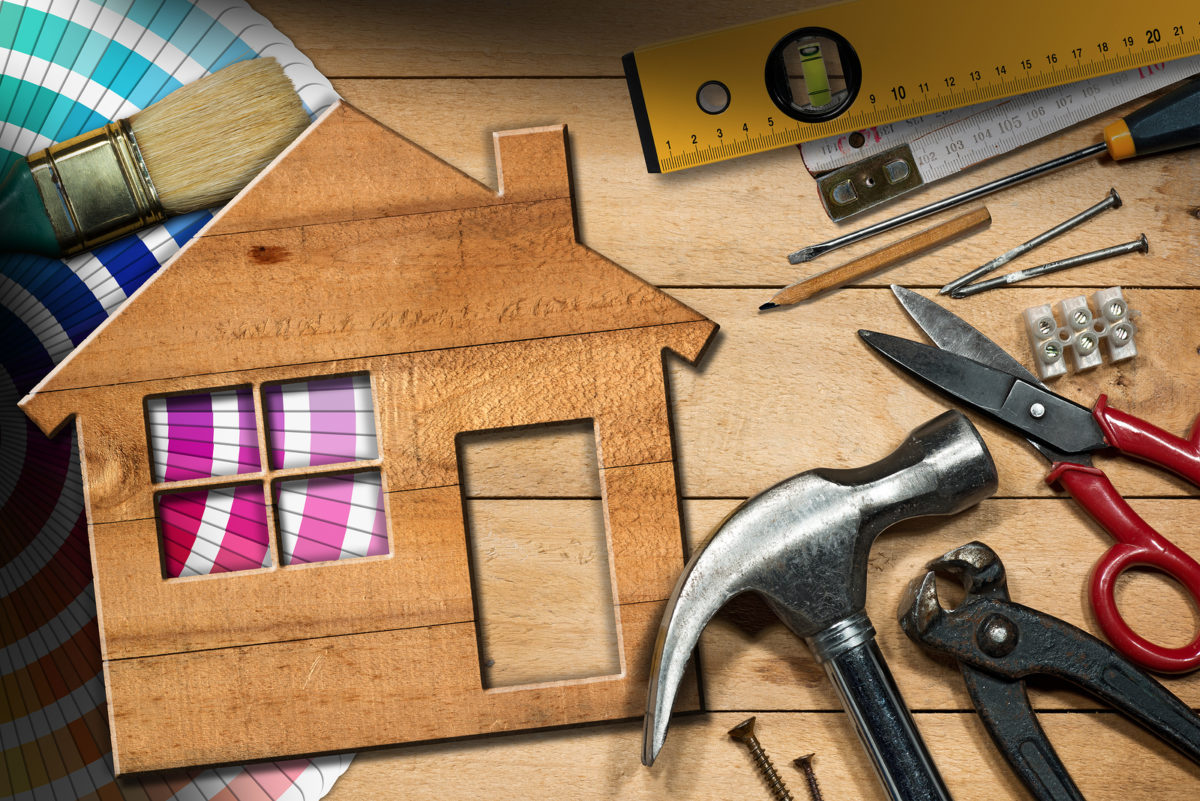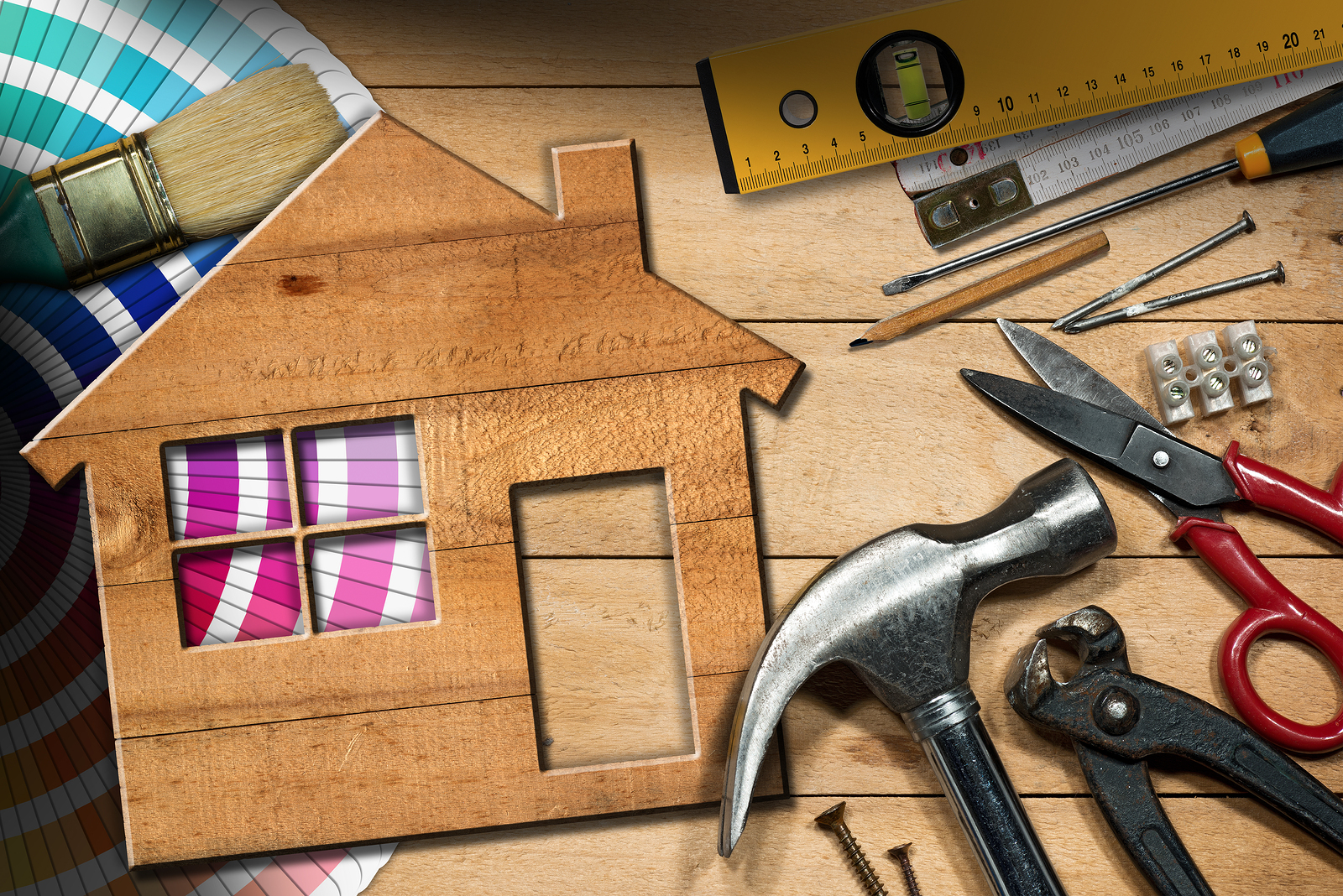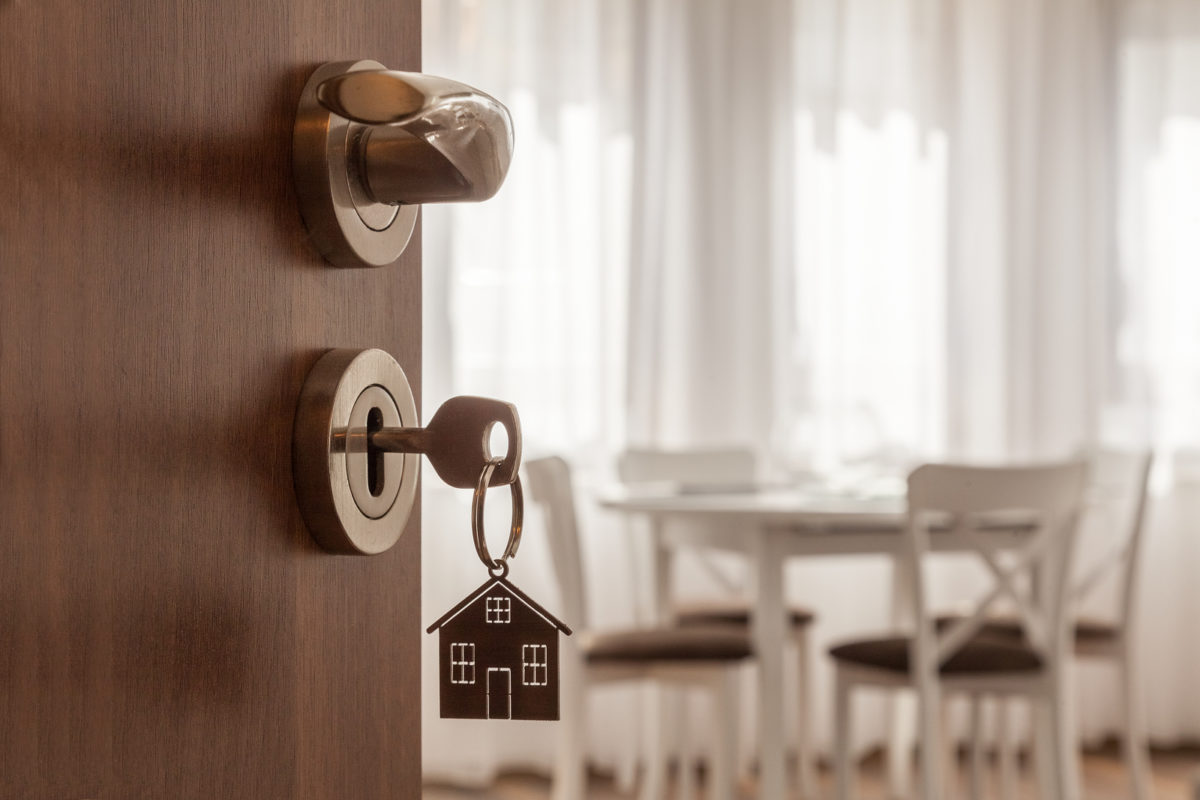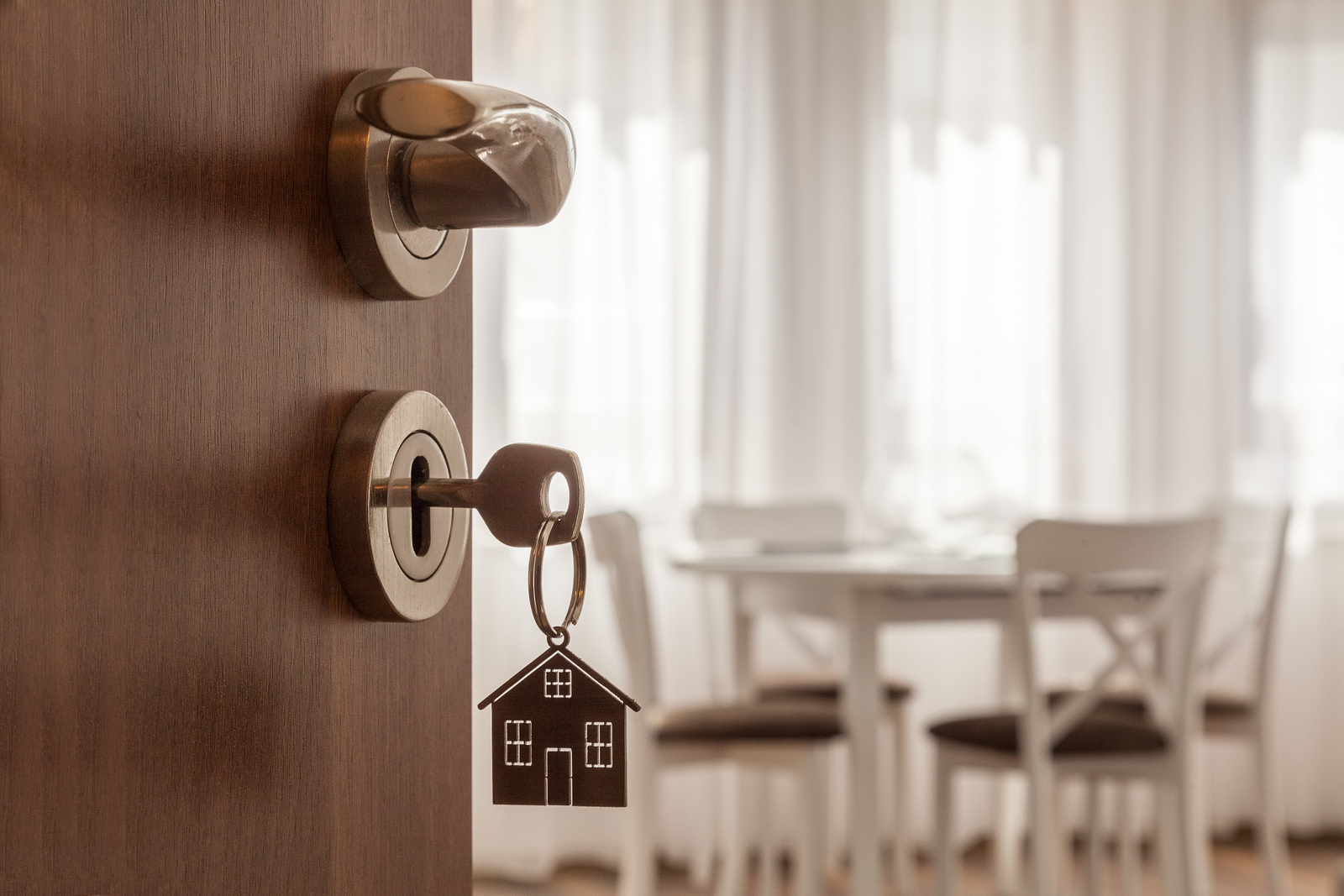
Wouldn’t it be nice to have a new sofa whenever you wanted? Good news: when the seasons change and the urge to update your living room accordingly strikes you, you can have that “new” sofa, or at least one that looks new, with sofa slipcovers.
Couch covers are a wonderful way to update your home’s decor. With the variety of fabrics, colors and styles offered by manufacturers you are sure to find a way to create sizzle in your home redecorating project.
Fabric slipcovers have become so affordable that it would be easy to change your decor with the seasons.
Tips for choosing sofa slipcovers
The folks at Calico Corners caution against choosing linen or linen blend slipcovers because the fabric is wrinkle-prone.
Instead, opt for couch covers in textured fabrics, such as denim, cotton duck and twill – any fabric that is tightly woven. For inspiration, check out some of the fabric choices at Ikea.com, BallardDesigns.com and MyBluPrint.com.
Of course, it’s easy to get excited about a certain fabric or pattern, but keep in mind how heavily the sofa is used.
If it’s used often, choose a slipcover that has stain resistance and is washable. If you have pets and kids, choose a fabric that won’t tear easily. Durable poly blends are ideal.
Avoid slipcovers with a latex backing. “Latex backing causes the fabric to buckle and wrinkle instead of sliding over the fabric beneath it,” according to the pros at Calico Corners.
Then, there is style to consider. Do you want a tight, tailored fit or something looser and more casual?
“A fitted slipcover provides a seamless look where it is nearly impossible to tell that the furniture has been covered,” according to the decorators at Overstock.com.
Measure your sofa accurately to get the proper fit. Huffpost offers a walk-through of how to do it.
If you’re more of a DIYer and handy with a sewing machine, head over to BigDuckCanvas.com for a yardage estimator
Winter sofa covers
It’s winter and folks tend to spend a lot more time indoors. Our homes become somewhat of a haven from the harsh elements. Therefore, a winter home should provide warmth and an air of coziness.
When deciding the fabric for your slipcovers in your winter redecorating scheme look to the heavier more textured types of fabrics. Corduroy, brushed suede, soft chenille, are all fabrics that provide a feeling of warmth.
Recover your sofa in spring
Spring is, of course, a time of renewal. If you decide to renew your sofa to match the season, choose from lighter, airier fabrics in floral prints or soft solid colors.
Think “Easter,” and you’ll be on the right track.
Summertime color
Summertime sofa slipcovers tend to be a bit more casual and your choice of fabric a little broader. Since we spend so much time outdoors in the summer, your slipcovered furniture won’t be getting as much use, and abuse, as in other times of the year.
This affords you the opportunity to go with a lighter-weight fabric such as cotton and cotton blends and silk-like polyester.
Color choices are fun – turquoise, peach, sunny yellow and crisp white.
Fall ideas
Fall marks the transition from summer into winter. It’s harvest season, offering you a ton of color and print choices. If you opt for a solid colored couch cover, you can get more creative with accessories, such as pillows.
If you imagine colors associated with all of the seasons you can probably come up with more connections to fall than any other season. Brown, auburn, gold, and orange are the predominant colors of the season. Prints can range from botanical to plaids.
Where to shop for sofa slipcovers
Some of your favorite brick-and-mortar stores carry couch covers, including WalMart, JC Penney, Kohl’s, Target, Macy’s, Pottery Barn and Bed, Bath & Beyond.
Shopping online for sofa slipcovers is a snap with lots of retailers from which to choose. These include Overstock.com, Wayfair.com, SureFit.com, Hayneedle.com and even Amazon.com (check out this gorgeous Micro Fiber slipcover).
With sofa slipcovers you truly can provide a whole new environment in your home each and every season.


















